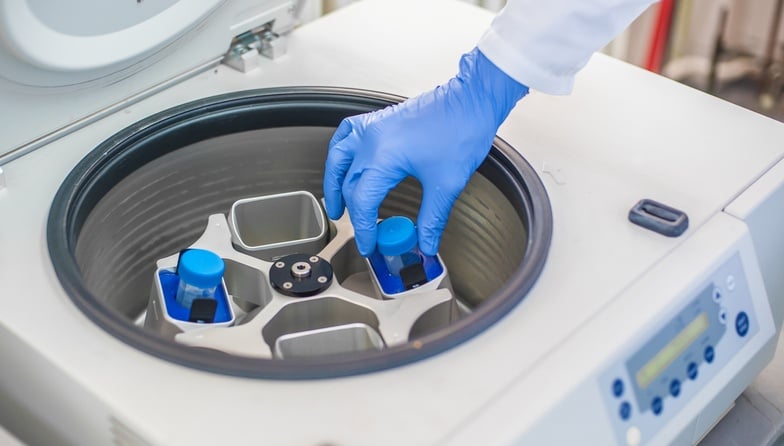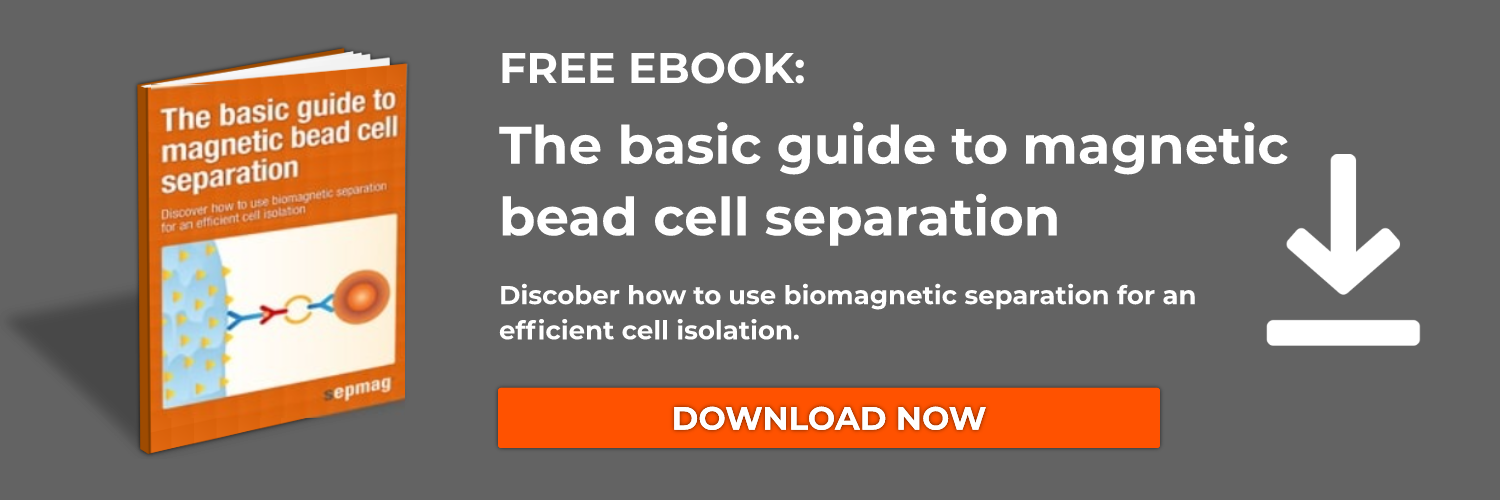Molecularly imprinted polymers (MIP) are relatively new diagnostic and therapeutic tool. MIPs are highly specific three dimensional polymer imprints of molecules. The power of this tool may not be immediately obvious, but it is indeed a very useful technology. The power of MIPs lies in their specificity of binding to target molecules. Before the invention of MIPs, the only way to achieve this type of specificity was through antibody-antigen binding, surface receptor-ligand interactions, or protein affinities such as streptavidin and biotin. The problem with all of these systems is that they need to already exist. But what about a target that doesn't have a known molecule with a natural affinity? Herein enters molecularly imprinted polymers.
These polymers are crosslinked and formed around the target molecule. Once the polymerization process is complete, the target molecule template is destroyed. What remains is a three-dimensional polymer with binding sites in the exact physical and chemical configuration as the target molecule. These binding sites are specific with regard to hydrophobicity, hydrophilicity, chemical groups, hydrogen bonding, and charge. When these MIPs are added to solution they will bind the target molecule with exceptional specificity.
MIPs have been used for pathogen detection. If the MIP is conjugated to a magnetic particle it can be used as a dynamic target capture tool. If the MIP is conjugated to a quantum dot it can be a rapid optical diagnostic tool. When the MIP is loaded with a drug it can be a novel drug delivery system.
Molecularly imprinted polymers for drug delivery
A MIP can be created for any target molecule, and many of these chemical binding interactions between the target and the MIP are pH-dependent. This makes the MIP an interesting tool for drug delivery. Recently, MIPs were created for the target molecule vancomycin. Vancomycin is an antibiotic that effectively combats the bacteria Staphylococcus aureus. The kinetics of vancomycin release from the MIP at varying pH was examined along with antibacterial effectiveness of the vancomycin-loaded MIPs in S. aureus cultures. The MIPs were formed around vancomycin targets and then the vancomycin was removed from the templates. The templates were then loaded with new vancomycin antibiotic and tested for release kinetics in solutions of pH 5.2, .4, and 7.4. The MIPs demonstrated controlled release curves for all three pH solutions, but the greatest overall release occurred at the acidic pH 5.2. The drug released faster at early stages in the experiment. The vancomycin was completely released from the MIPs after 18 days. Additionally, when these vancomycin-loaded MIPs were added to a S. aureus culture they significantly suppressed the growth of the bacteria. This work indicates that molecularly imprinted polymers could be an effective system for the controlled release of antibiotics.
Molecularly Imprinted Polymers aiding cell seeding and cultures
There are many methods for enriching or isolating specific cell populations for culture, but one of the most basic and inexpensive is the use of gradient centrifugation. Gradient centrifugation separates cells from a heterogeneous population based on size and density with the aid of a gradient resin in a centrifuge column; the cells navigate through the resin according to their size and density. Gradient centrifugation is a rough method for cell enrichment. Further methods such as flow cytometry enable cell population enrichment based on unique combinations of surface proteins.
In the last decade or so we have come to understand that cells don’t always grow well on flat polystyrene culture dishes or flasks. In fact, some cell types are so sensitive to the three-dimensional surface that their morphology will change accordingly. With this in mind, some scientists have been creating molecularly imprinted surfaces on which to seed cells. One idea is to imprint adhesion molecules into the polymer. Then, when the cells are applied to the surface they will find pre-existing “pockets” in the surface to adhere to. One can imagine all of the possibilities for directing the microenvironment for cellular growth in culture systems to enable the progress of basic science.
Related news
- Properties of nano gold
- Pathogen detection using magnetic nanoparticles or molecularly imprinted polymers
- Filter membrane





